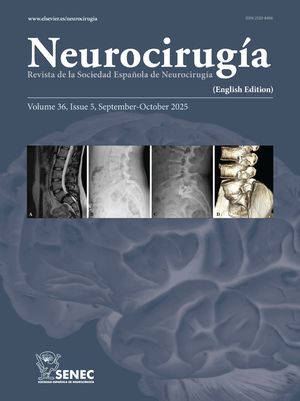Claudio Galeno es considerado uno de los padres de la medicina occidental. Por el entorno cultural y religioso en el cual estaba inmerso, se duda de que haya disecado cadáveres y se piensa que la mayoría de sus aportes al conocimiento anatómico provengan del estudio de monos.
En este trabajo, los autores analizan la teoría anatomofuncional de Galeno sobre los ventrículos cerebrales. Dado que muchos de los conceptos galénicos provienen de sus antecesores (y en particular de la medicina hipocrática), la presentación del mismo se hace en dos partes. En primera instancia, se exponen los antecedentes anatómicos, religiosos y filosóficos que influyeron a Galeno. Este largo periodo de la historia está dividido a nuestros propósitos en tres etapas: 1) la era pretécnica, donde no hay un conocimiento rudimentario y fundamentalmente derivado de prácticas religiosas. Este periodo llega hasta el siglo VI AC. 2) la ciencia helenística, que abarca los siglos VI a III AC. En esta etapa se gesta y desarrolla la medicina hipocrática, y 3) el periodo que comprende el siglo III AC hasta Galeno.
En cada una de las eras descritas, se analizan y destacan los mayores aportes al conocimiento neuroanatómico de cada cultura.
Galen of Pergamon is considered one of the fathers of occidental medicine. Because of cultural and religious precepts at his time, many authors hypothesize that the anatomical concepts of Galen were derived from dissection of monkeys.
In this paper, the authors analyzed the ventricular system, according to the anatomic and functional concepts described by Galen's early work. Knowing that his work was derived and or influenced from other preceding anatomists and physicians (specially Hipocrates of Cos), we present our investigation in two parts. In the first part, we present the influences of previous religious, philosophic, medical and anatomical theories over the galenic work. The “pregalenic era” can be divided in three periods: 1) the pretecnic era (ending in VI BC) in wich the man have only a rudimentary knowledge of human anatomy, 2) the helenistic science (from VI to III BC) and 3) the period comprised between III BC to Galenic period.
In each of the three periods, we analyzed the neuroanatomic knowledge of the most important cultures.
Article

If it is the first time you have accessed you can obtain your credentials by contacting Elsevier Spain in suscripciones@elsevier.com or by calling our Customer Service at902 88 87 40 if you are calling from Spain or at +34 932 418 800 (from 9 to 18h., GMT + 1) if you are calling outside of Spain.
If you already have your login data, please click here .
If you have forgotten your password you can you can recover it by clicking here and selecting the option ¿I have forgotten my password¿.






